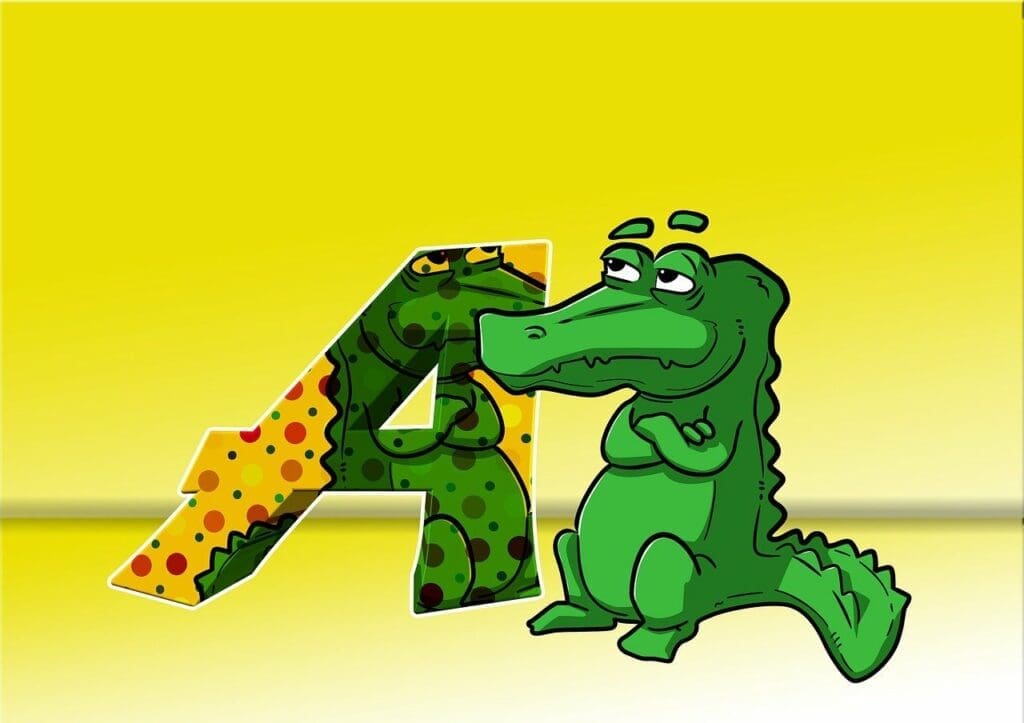
The Ultimate Animal Alphabet Adventure for Kids
Exploring the animal kingdom through the alphabet is a delightful way for children to combine learning letters with a fascination for wildlife. As little ones journey from A to Z, they encounter a world of animals, each one associated with a different letter, enhancing both their alphabetic understanding and their knowledge of animal classification. Visits to the zoo become interactive lessons where each exhibit offers an exciting opportunity to identify creatures and match them to the corresponding letter of the alphabet.
Incorporated into preschool, kindergarten, and homeschool curriculums, an alphabet guide of animals makes for an educational adventure. It’s more than just memorizing the order of letters; it’s about bringing each character to life with an example from the natural world. As a practical educational tool, such a guide serves to entice curiosity in young minds while reinforcing letter recognition in a fun and engaging manner.
The joy of learning is greatly amplified when children are given the chance to relate abstract concepts like letters with real-world examples, like animals at the zoo. This method supports an interactive mode of education where kids can touch, hear, and even smell the subjects of their lessons, solidifying the connection between the academic and the tangible. It paves the way for a deeper understanding and a love for learning that extends beyond the classroom.
Exploring the Alphabet with Zoo Animals
Learning the alphabet is a crucial step for kids, and pairing each letter with a lovable zoo animal can make this process both engaging and educational. By associating letters with animals, children can improve their letter recognition skills and acquire new knowledge about the animal kingdom.
Letter Recognition and Animal Names
Educators and parents leverage the intrigue that zoo animals inspire to teach the letters of the alphabet. From A for Alligator to Z for Zebra, each letter is paired with an animal, blending phonics and fun. Color by letter worksheets further enhance this learning experience, allowing kids to associate letters with colors and animals in a creative way.
- A: Alligator
- B: Bear
- C: Cat
- D: Dog
- E: Elephant
- F: Flamingo
- … and so on, through the alphabet.
Using such educational tools helps solidify letter recognition and lays the groundwork for early reading skills. Children delight in shouting out the names of zoo animals as they learn their ABCs, turning a reading exercise into an exciting game.
Fun Facts About Zoo Animals from A to Z
Each animal in the alphabet brings an opportunity to share fun facts that capture a child’s imagination. For example, children learn that alligators have been around since the age of the dinosaurs, bears have an excellent sense of smell, and giraffes have long necks that allow them to reach the highest leaves.
- Giraffe: The tallest mammal on Earth.
- Horse: Known for their speed and strength.
- Iguana: A lizard with a row of spines along its back.
- Jellyfish: No brain or heart, but can still sting!
- Kangaroo: Hops on powerful hind legs and carries babies in a pouch.
- Lemur: Has big, expressive eyes and a long, striped tail.
In sharing these facts, children’s natural curiosity is spiked, and the learning experience extends beyond just the alphabet to also include insights into the animal’s lifestyles and habitats. Such a method ensures that the educational journey is as thrilling as a day at the zoo, helping kids remember not only the letters but also the distinctive features of each zoo animal.
Creative Learning Activities
Incorporating crafts and coloring, alongside engaging literacy centers, can greatly enhance children’s learning about zoo animals. These activities are designed to be both informative and enjoyable for preschoolers, kindergarteners, and homeschool groups.
Crafts and Coloring with Zoo Themes
Using zoo color by letter worksheets, educators can introduce preschoolers to both the vibrant world of colors and the fundamentals of letter recognition. Simple crafts, such as making zoo animal masks from cardstock or creating animal figures from recyclable materials, can stimulate creativity and can be laminated for durability. Black and white coloring sheets not only entertain but also help children practice fine motor skills as they stay within the lines.
- Materials needed for crafts:
- Cardstock
- Color pencils/Crayons
- Laminating sheets
- Suggested activities:
- Zoo Animal Masks
- Zoo Themed Coloring Sheets
Engaging Literacy Centers
For children in a classroom or homeschool setting, literacy centers that focus on zoo animals can tie together reading, phonics, and the excitement of learning new words. By using puzzles featuring different zoo animals, educators can facilitate both phonics practice and letter recognition in an engaging way. Kindergarteners can match animal pictures to their corresponding names, turning a simple matching game into a reading exercise.
- Components of literacy centers:
- Puzzles with animal images and names
- Zoo animal picture cards with names
- Activities to reinforce skills:
- Animal Name Matching
- Phonics Games with Zoo Animals
Integrating Zoo Adventures in Education
Zoo adventures can be a fundamental component of educational curriculum, providing interactive and engaging learning experiences. They merge the thrill of encountering animals with structured lessons that reinforce literacy and comprehension for children at different developmental stages, from preschool to kindergarten.
Interactive Zoo Animal Lessons
Incorporating zoo-themed videos into the classroom can instigate children’s curiosity about the animal kingdom. The Alphabet Zoo Adventure uses the allure of animals to teach the alphabet, turning a routine reading lesson into a lively zoo journey. Utilizing such resources encourages active learning and participation among children, making it a valuable asset for educators.
-
For Preschoolers:
- Animal Sounds: Match letters with the corresponding animal sounds.
- Animal Movements: Introduce physical activity by mimicking animal movements.
-
For Kindergarteners:
- Habitat Discussion: Link animals to their habitats and foster environmental awareness.
- Conservation Talk: Engage in simple dialogues about protecting animal species.
Zoo and Animal Books for Kids
Books like “Sesame Street: Elmo and Zoe’s A-to-Zoo Adventure” invite young readers to explore alphabets within the context of their favorite furry characters’ zoo experience. Such tailor-made zoo and animal books for kids effectively bridge reading fundamentals with their innate interest in animals, enhancing their educational journey.
- Book Suggestions:
- Zoo-phonics Parent Kit: Enable parents to participate in their child’s literacy development.
- Alphabet Zoo Adventure: A to Z Animal Names!: Introduce toddlers to letters and animals through engaging illustrations and stories.
Introducing children to the wonders of the animal kingdom through interactive lessons and reading supports the educational focus of early childhood learning environments. These resources not only align with educational standards for reading and literacy but also foster a love for learning and a greater appreciation of wildlife.




